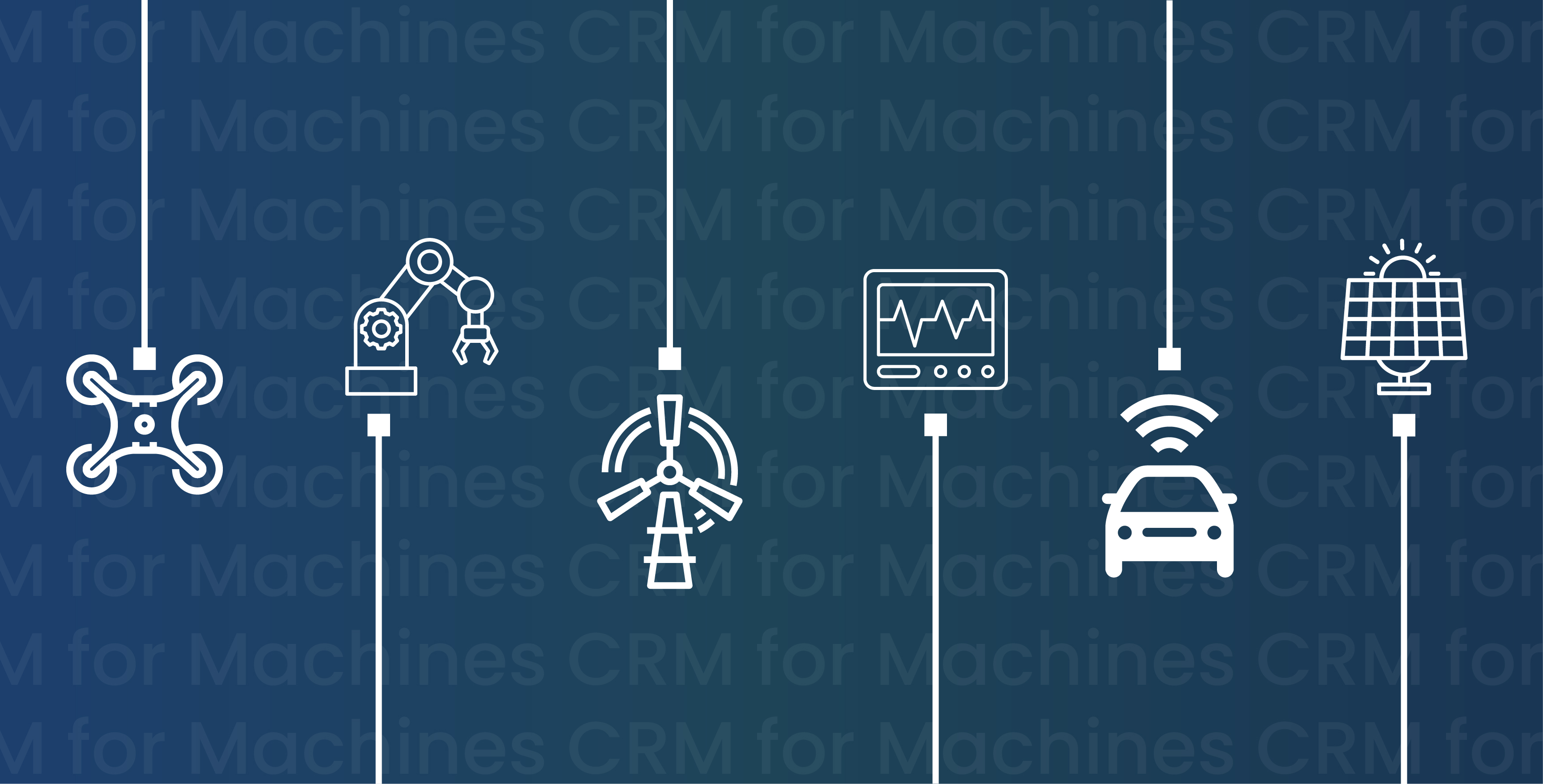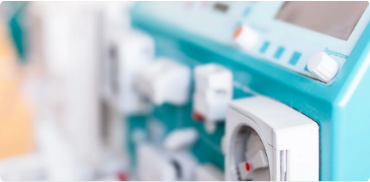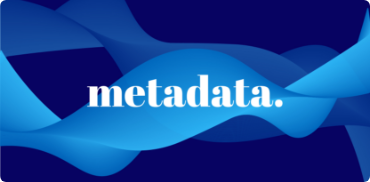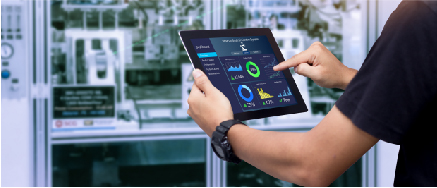Only 25 years ago, most businesses relied on spreadsheets (or a rolodex) for the entire sales process. From key contacts, to prospects, deal statuses, and more - we stored everything in these tools. Some larger companies used Siebel or another similar legacy CRM vendor. However, these tools were only available to the few large companies that could afford it.











